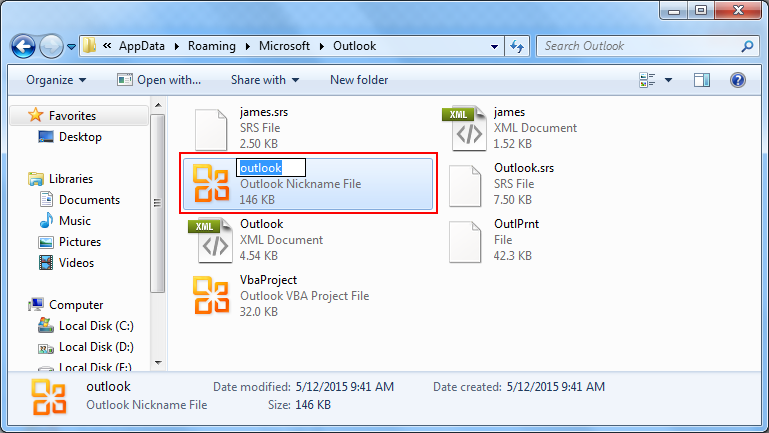
Click on “Change Folder” and point Outlook to the Inbox of the new data file.If necessary, click on the email account that will be delivering email to the new file.You then need to instruct Outlook as to the folder in the new file that will receive new data (ie the inbox): Copy and paste the emails and folders from the old file to the new.The permanent solution, however, is to create a new file (which will automatically be of the newer, Unicode, format) and move your data to the new file. You could delete redundant items from your “pst” file and this would at least buy you some time before applying a better solution If you do this, you must then “compact” the file so that you actually regain the space created by deleting items. There is no way of making the older “ansi format” file bigger and there is no utility provided by Microsoft (or anyone else, as far as I know) that will move your data to a file of the newer format. If the “format” entry includes any reference to earlier versions of Office (eg 1997) then your file is subject to the 2gb limit.If the “format” entry just says “Outlook data file” then you have the newer, Unicode, format that can contain 20gb.Highlight the data file in question (you may have only one).Click on the “Account Settings” that has now popped up directly below the previous “Account Settings”.The way to check whether your pst file is of the older format is as follows in Oulook 2016 (I think 20 are the same): IMPORTANT: if you are going to carry out these changes, then please back up your email data first – see the end of this blog post for details. The newer “unicode” format can hold 20gb of data – and even more if you make a couple of small changes to the registry. The older “ansi” format of file can only hold 2gb of data. If you do encounter this warning, then the chances are that you have been using Outlook for many years and have carried forward an old format of “pst” file into newer versions of Outlook.



#1997 microsoft outlook file location windows#
Also, this blog post only applies to Outlook as used in Windows (not Macs). I can not imagine why Microsoft use the same name for completely different products, but that’s not the issue here. I am not talking about the email program built into Winows 10. I am talking about the proper Microsoft Outlook program. If you use Microsoft Outlook for your email, you may just start getting a warning that your data file is nearly full. This blog is prompted by a situation encountered by three of my computer support clients in the last six months. Are you getting warnings from Outlook that your data file is almost full?


 0 kommentar(er)
0 kommentar(er)
